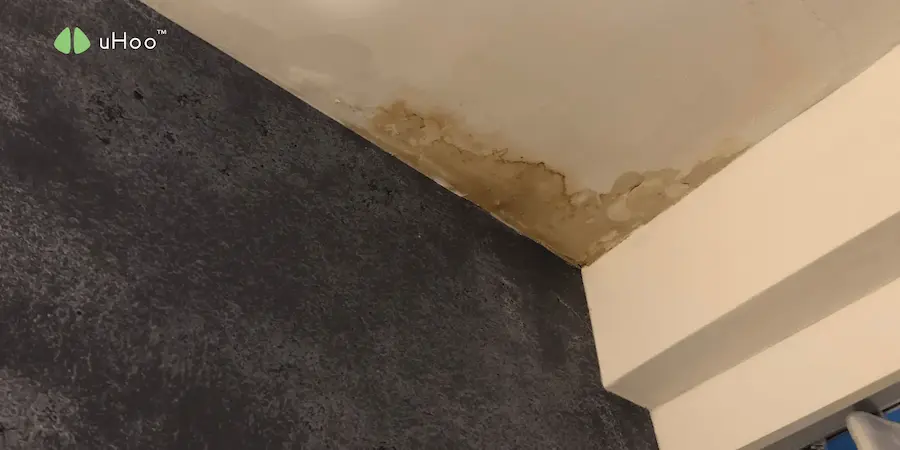It’s easy to procrastinate on a dripping faucet or a faint damp patch. We tell ourselves it’s a small issue, a task for another day. However, this casual attitude towards consequences of unaddressed leaks can be a costly mistake, not just for your home’s structure, but profoundly for its indoor air quality (IAQ) and your family’s health. The true repercussions extend far beyond visible water stains, creating an insidious environment of airborne pollutants.
The Hidden Hazards: Consequences of Unaddressed Leaks on IAQ
- Explosive Mold Growth: This is the most significant and fastest-acting consequence. Mold spores are everywhere, harmless until they encounter moisture. A continuous leak provides the perfect hydration. Within 24-48 hours, mold can begin to colonize damp surfaces. As these colonies grow, they release countless microscopic spores, fragments, and potentially harmful mycotoxins into your indoor air.
- IAQ Impact: These airborne mold components are potent allergens and irritants. Inhalation can lead to chronic coughing, wheezing, shortness of breath, asthma attacks, allergic reactions (sneezing, itchy eyes, skin rashes), and even more severe respiratory conditions for prolonged exposure.
- Musty Odor: The characteristic musty, earthy smell associated with dampness is a direct result of mold and bacteria off-gassing Volatile Organic Compounds (VOCs), signalling significant IAQ degradation.
- Elevated Humidity and Allergen Proliferation: Unaddressed leaks constantly introduce excess moisture into the air, driving up indoor humidity levels. High humidity doesn’t just make your home feel sticky and uncomfortable; it creates ideal conditions for other common allergens:
- Dust Mites: These microscopic pests thrive in humidity. More humidity means more dust mites, leading to increased exposure to their allergenic droppings and body fragments, worsening respiratory symptoms.
- Bacteria: Damp environments encourage the growth of various bacteria, some of which can become airborne and contribute to respiratory issues.
- Chemical Contamination (VOCs): When building materials (drywall, wood, insulation, carpets) become saturated with water and begin to decompose due to prolonged dampness from unaddressed leaks, they can release harmful Volatile Organic Compounds (VOCs) into the air. These chemicals can cause irritation of the eyes, nose, and throat, headaches, dizziness, and long-term health effects.
- Compromised HVAC Systems: Persistent moisture from leaks, especially around ductwork or in crawl spaces, can lead to mold and bacterial growth within your HVAC system. This means your heating and cooling system, instead of delivering clean air, can become a vector for circulating pollutants throughout your entire home.
The consequences of unaddressed leaks extend far beyond IAQ as well:
- Structural Damage: Wood rot, weakened drywall, deteriorated insulation, and compromised flooring can lead to extensive and costly structural repairs.
- Devaluation of Property: Homes with chronic moisture issues and mold problems are difficult to sell and command lower prices.
- Escalating Repair Costs: A small, initial leak that might have cost a few hundred pesos to fix can easily escalate into a multi-thousand peso mold remediation and structural repair nightmare if left unaddressed.
The bottom line is clear: delaying action on any leak, no matter how minor it seems, is a gamble with your home’s structural integrity and, more importantly, your family’s health. The consequences of unaddressed leaks on indoor air quality are profound, pervasive, and demand immediate attention.
To ensure you’re aware of the invisible consequences of unaddressed leaks on your home’s air, a uHoo air quality monitor offers crucial real-time insights. By tracking changes in humidity levels, VOCs (often associated with mold), and particulate matter, it can alert you to hidden moisture issues and potential mold growth before they become severe, empowering you to protect your home and loved ones.



